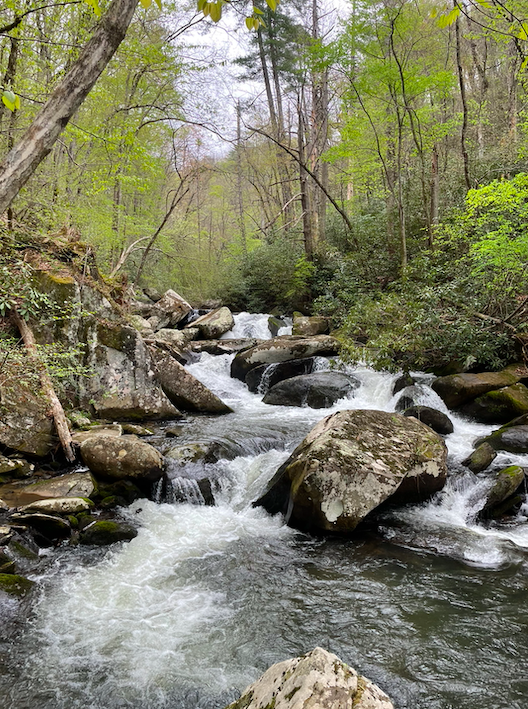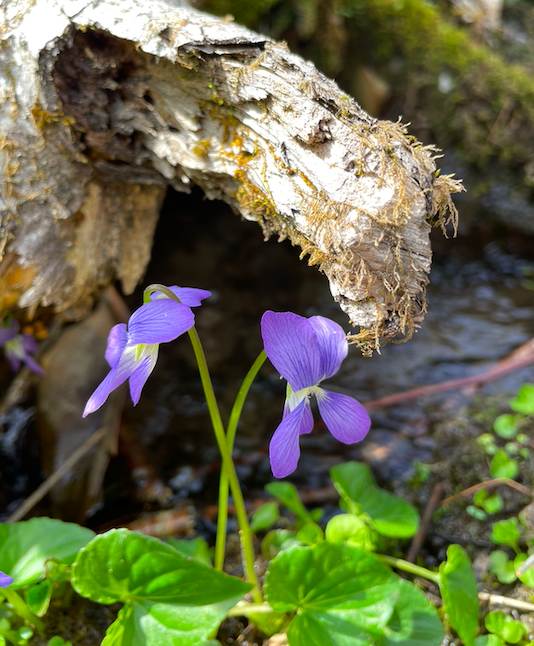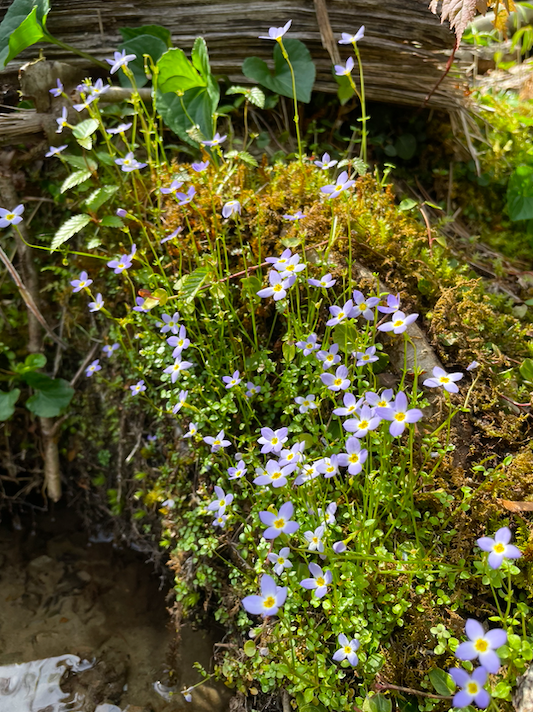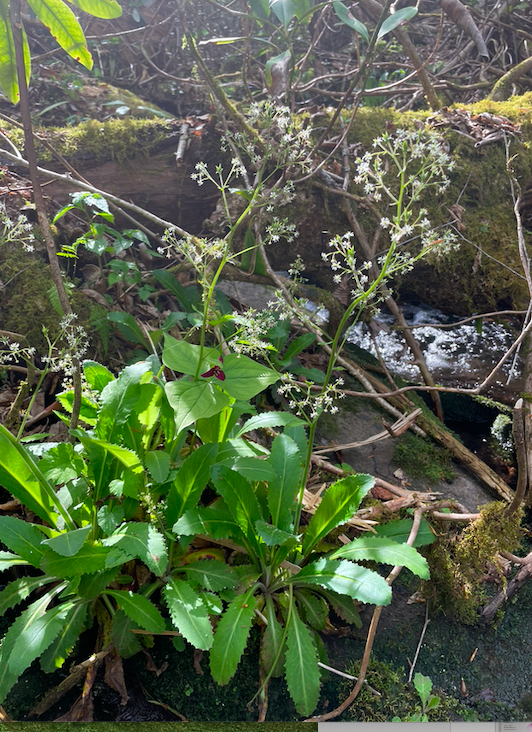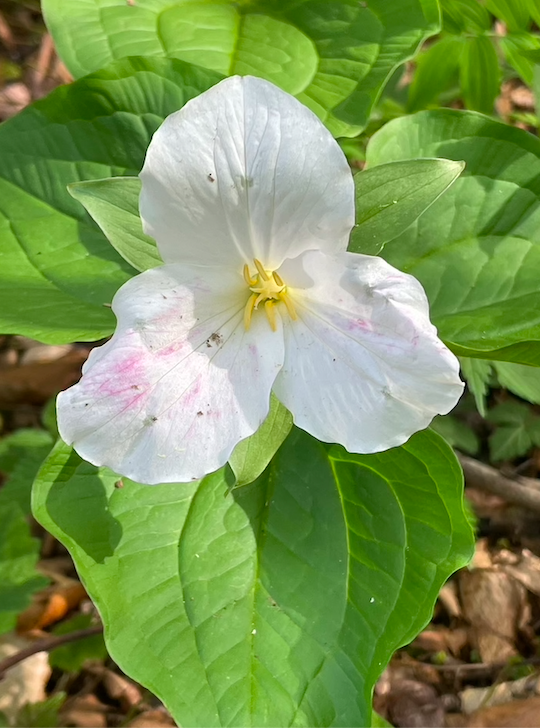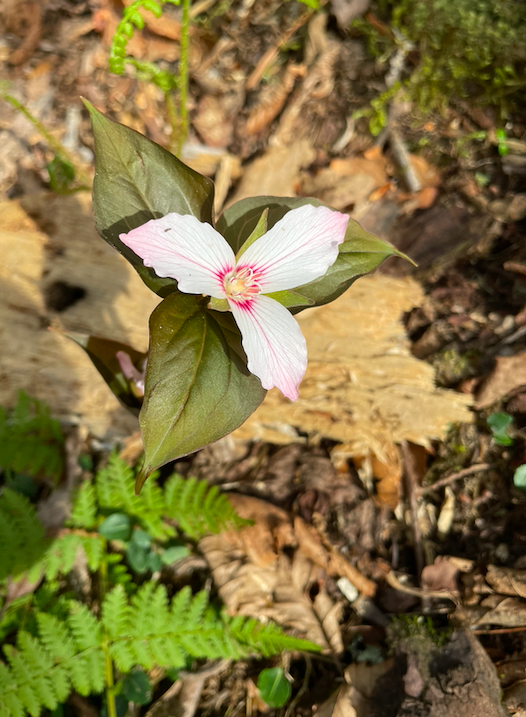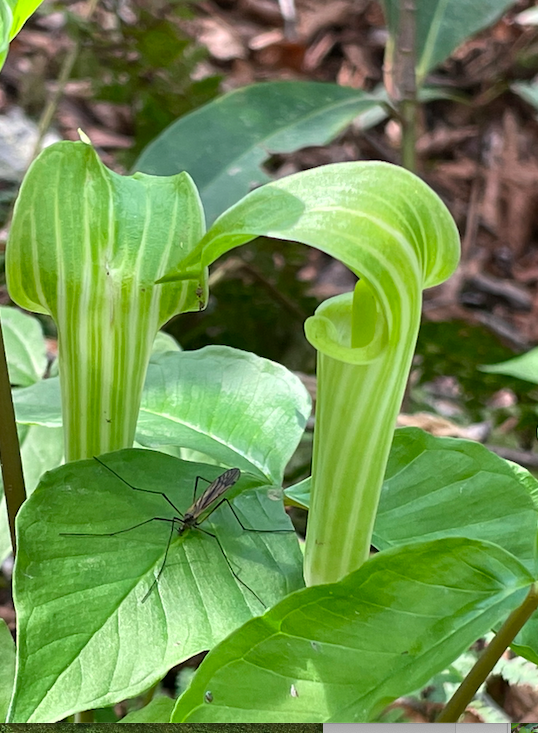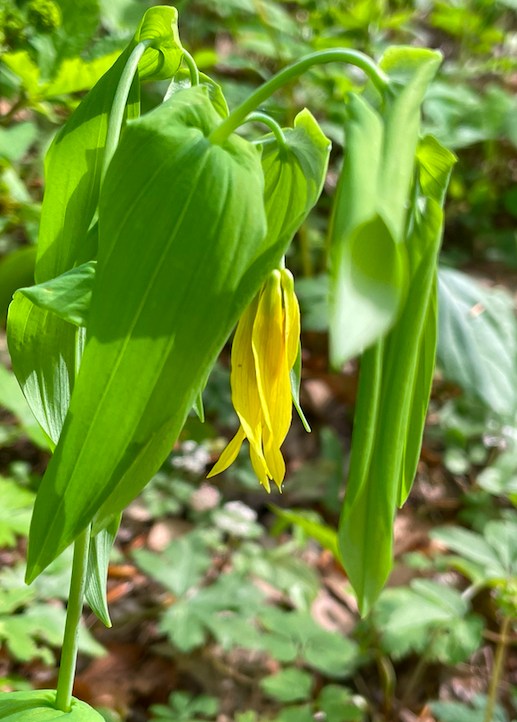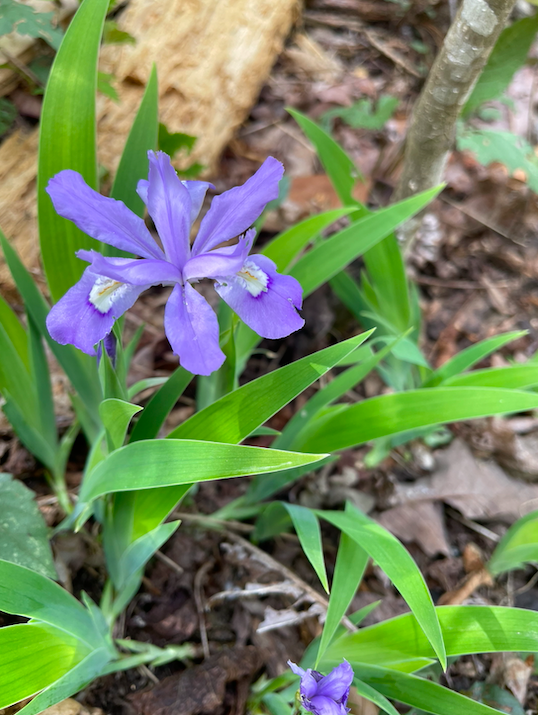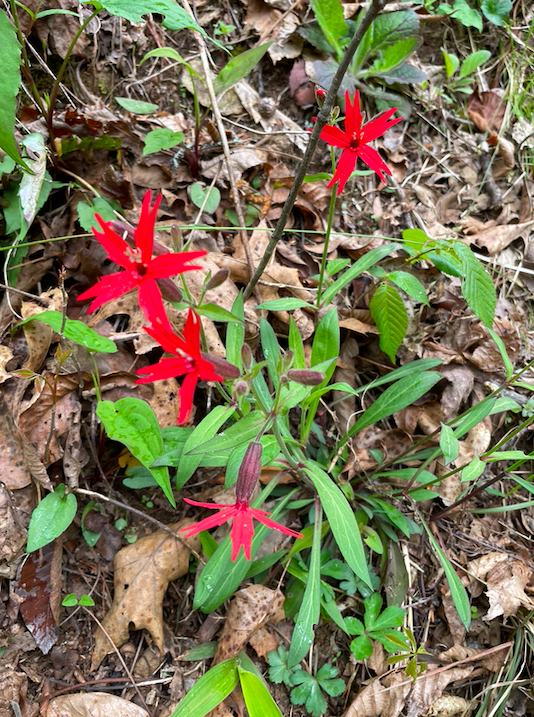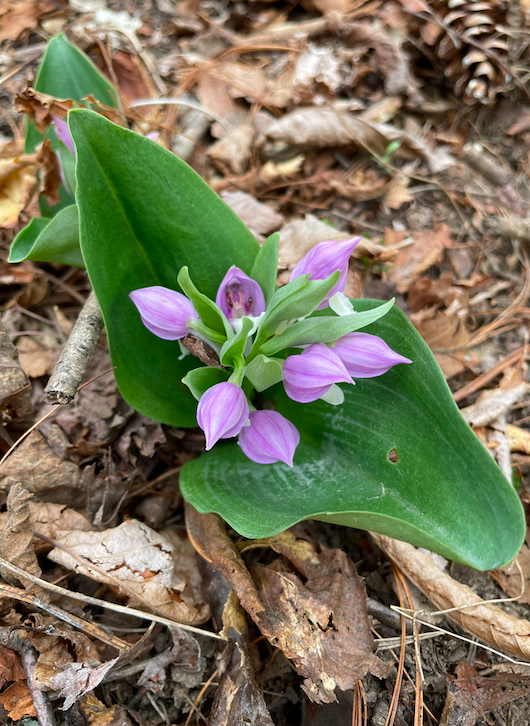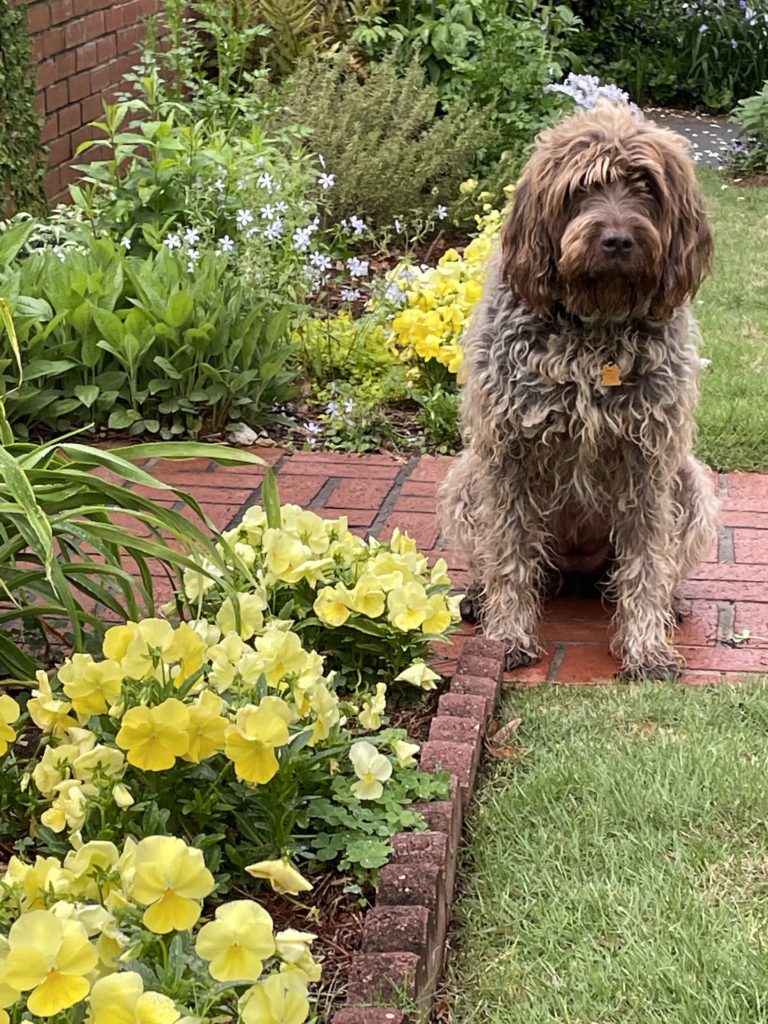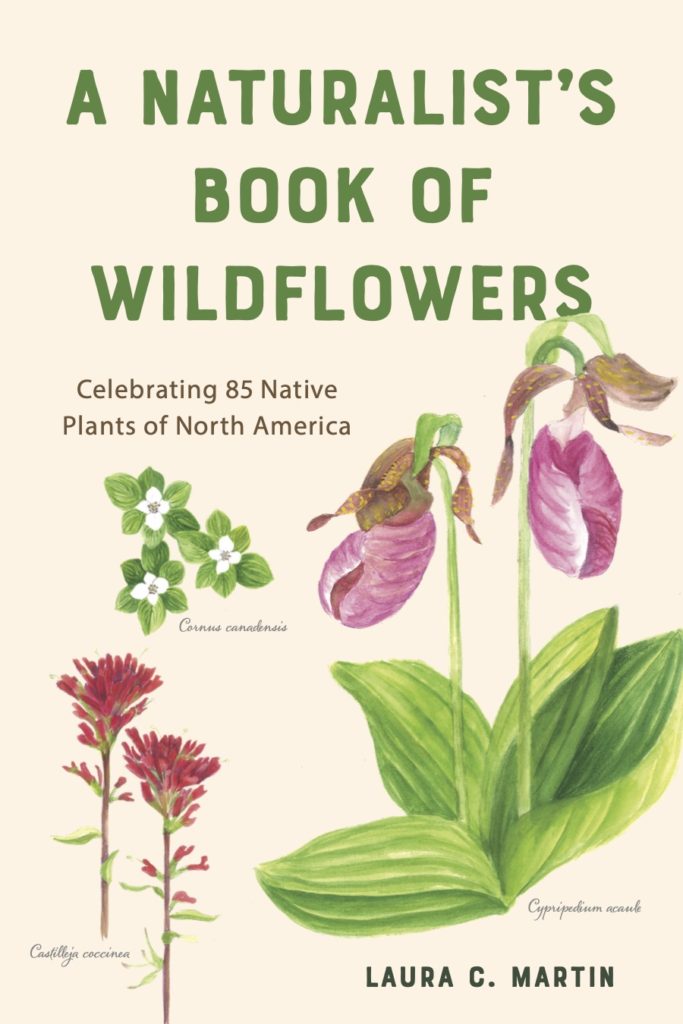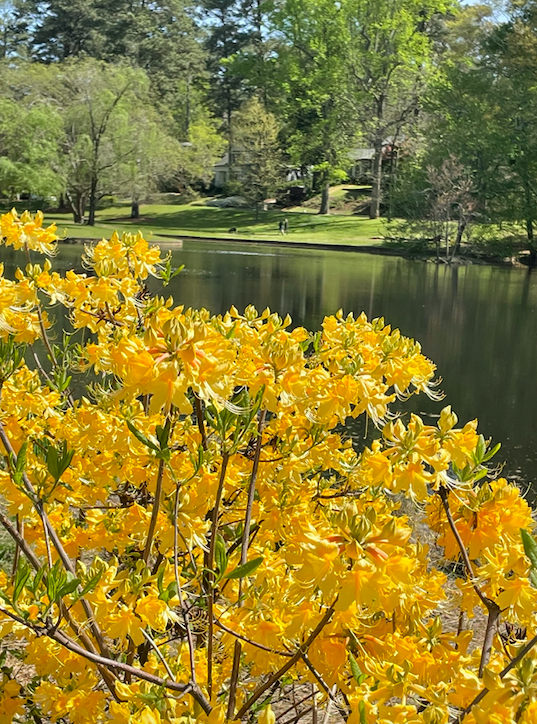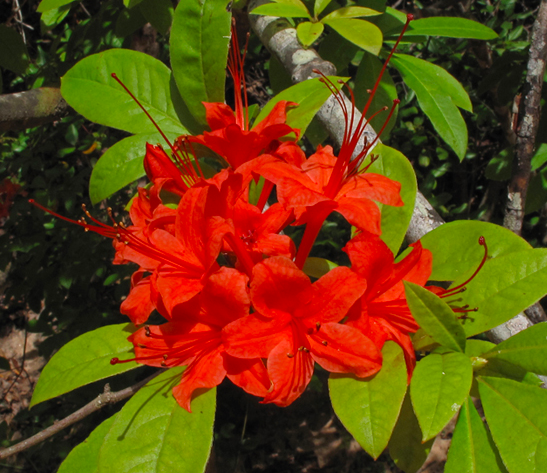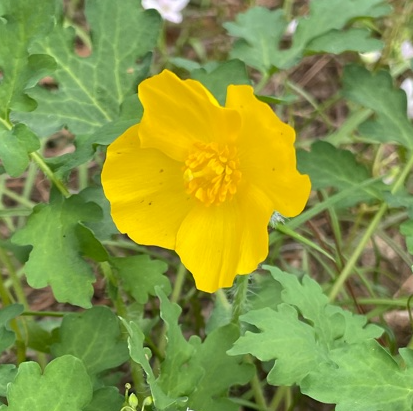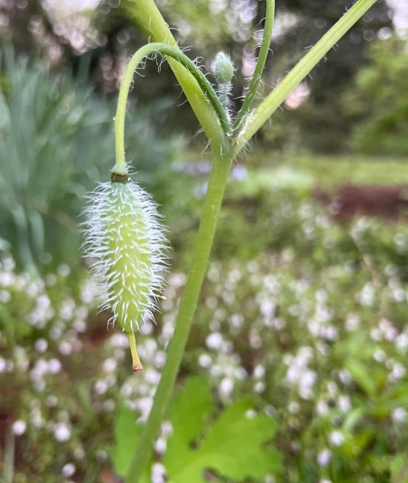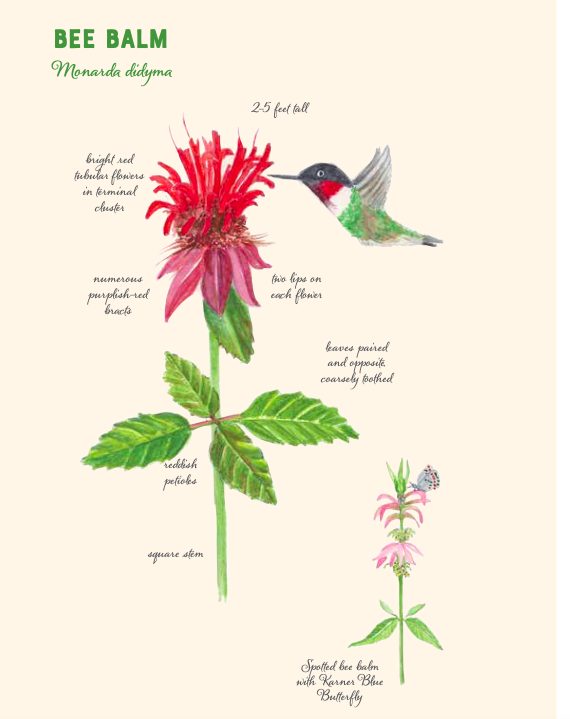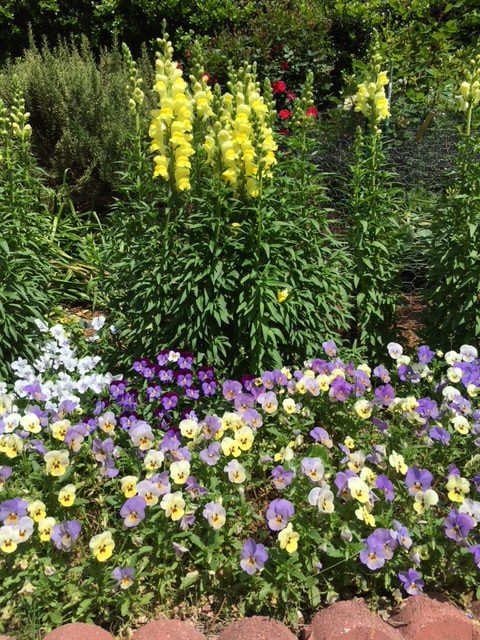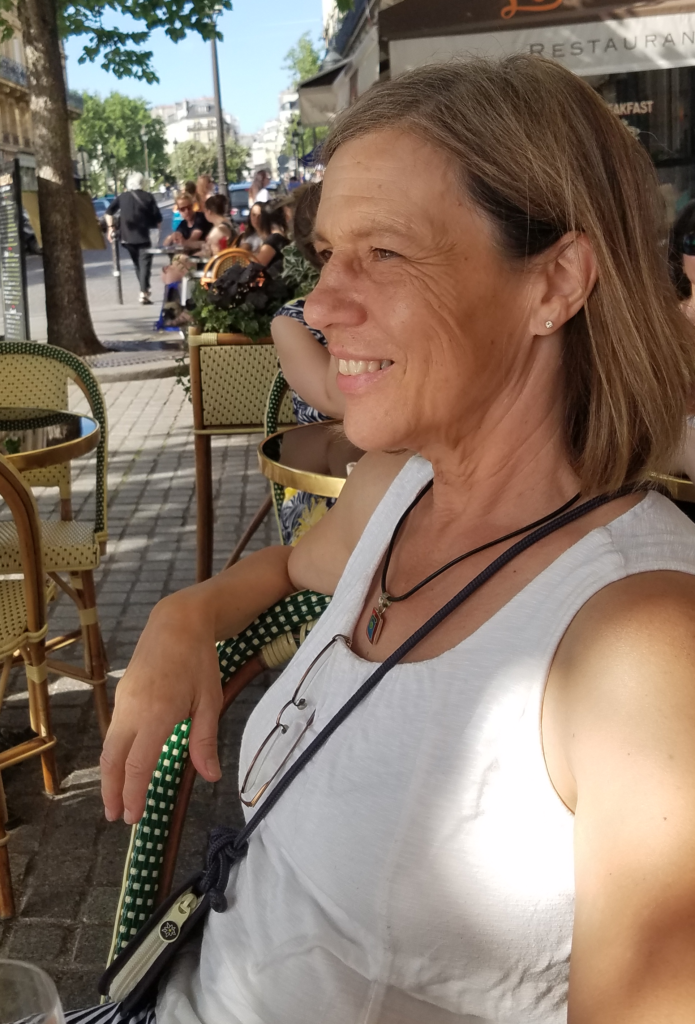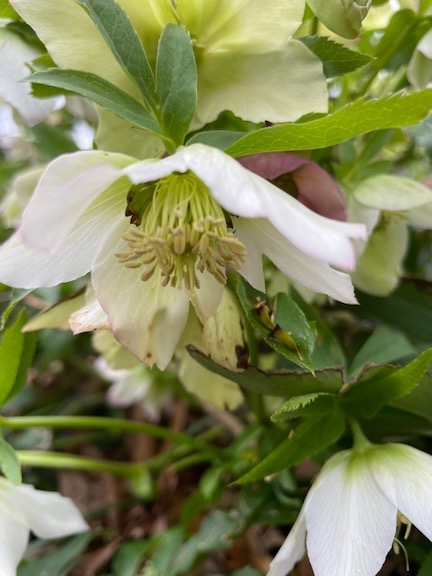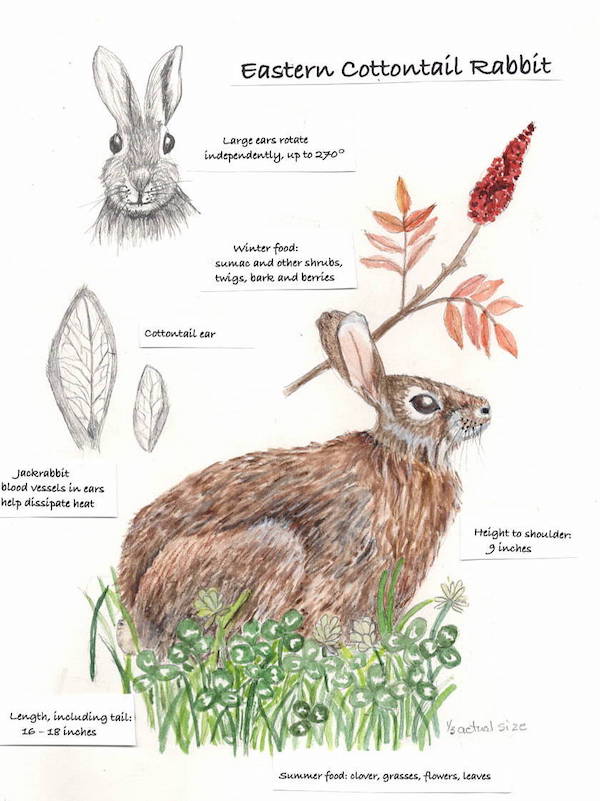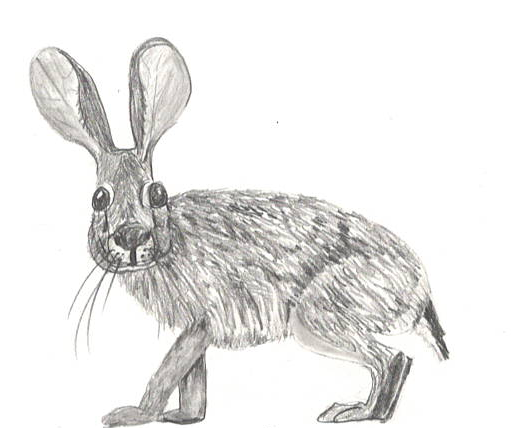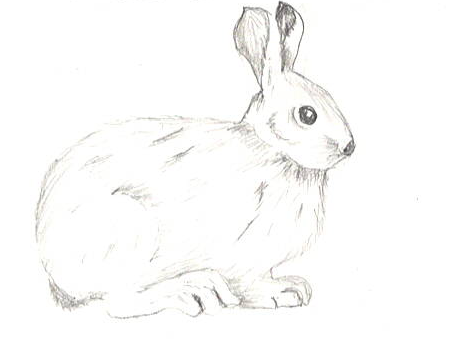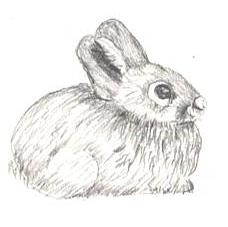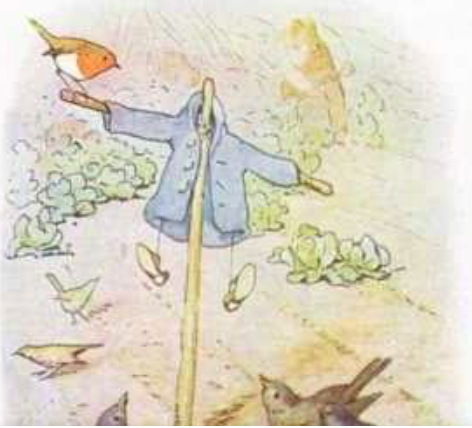I stared at my Oak-leaf hydrangea, knowing something wasn’t quite right. Some of the leaves just looked a little off but I couldn’t quite figure out what was wrong. Finally it dawned on me that what I was looking at was a real oak leaf from a seedling growing right up through the hydrangea! Coincidence? I think it more likely that it was Mother Nature enjoying a good laugh at my expense. Again.
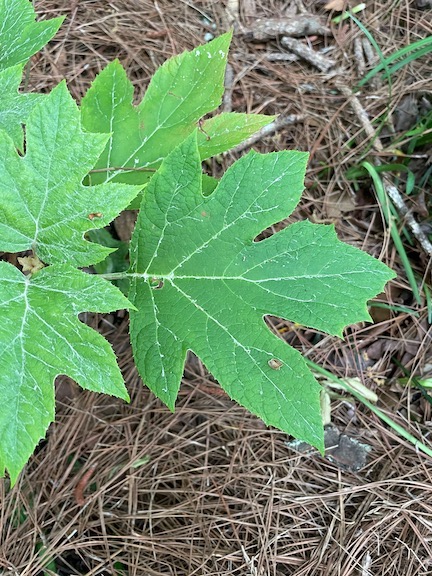
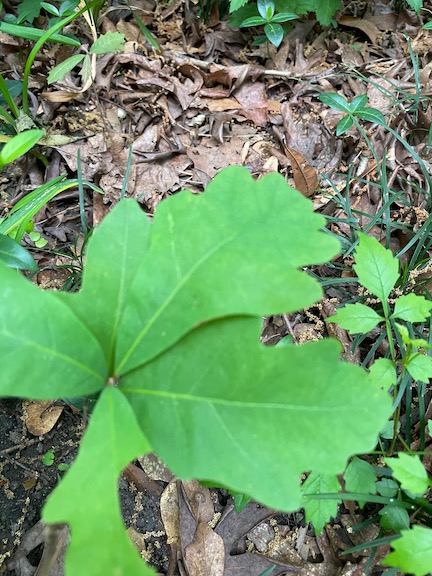
This happens over and over again (Mother Nature laughing) when I try to impose some sort of control over my happy, wayward garden. Like a 3rd grade prankster, Mother Nature continues to tease and baffle me, allowing weeds to flourish right next to a plant that it closely resembles.
Take, for example, the bed where I’m working hard to establish Columbine seedlings. Sprinkled throughout the bed are the seedlings of common, weedy wood sorrel that look almost identical!

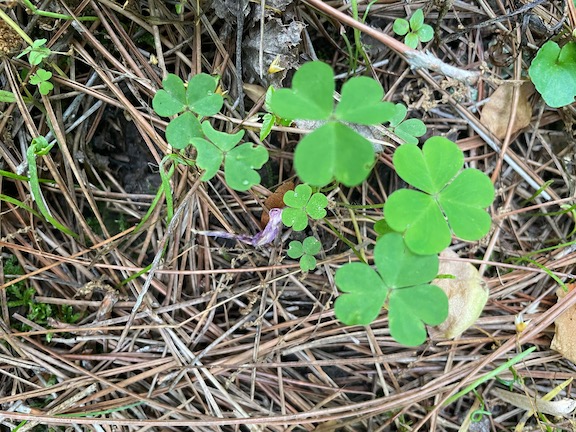
Or think about all the giggling going on when I was all puffed up and proud of the thick, luxuriant growth of iris only to realize that half of the leaves were from the aggressive and unwelcome spider wort! Ha, ha. yeah, yeah, yeah.
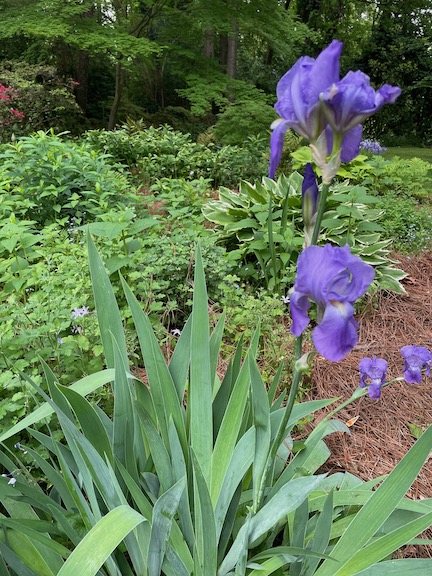
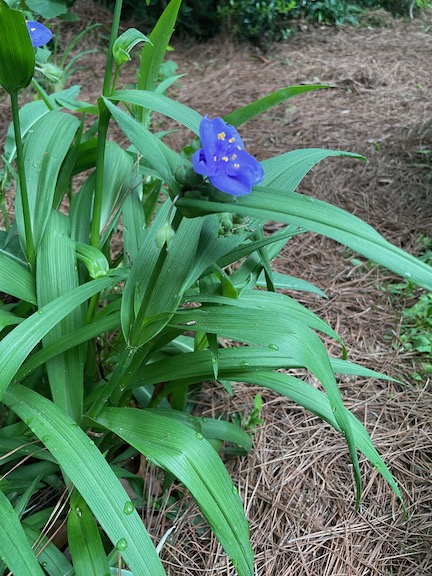
And then there are the tiny seedlings from my mother’s Japanese pale tree that I protected with great ferocity (staking, chicken wire, extra watering etc.) only to find out that they were actually new growth from the ubiquitous Japanese aster.
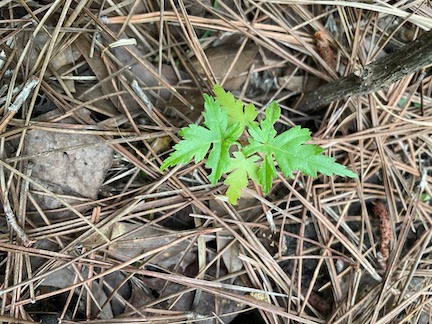

Is all this a survival mechanism? Do weeds grow next to plants they resemble because they have a better chance of being missed by obsessive gardeners? The whole field of plant mimicry is fascinating and perhaps the most interesting example is the Boquila trifoliolata, a vine growing in Chile that is a master of disguise.

This sneaky plant can vary in size, shape, color, length of stalk and angle of growth to mimic the plant it is growing next to. And, no physical contact is necessary. If the vine is growing close to a plant with spiny-tipped leaves, Boquila, too will develop spiny tips. It must be the world’s greatest plant poser.
Boquila does not grow in my back yard, although I am quite sure that if it did, Mother Nature would be having another good laugh.

